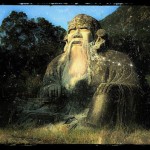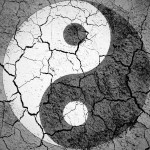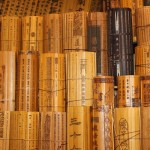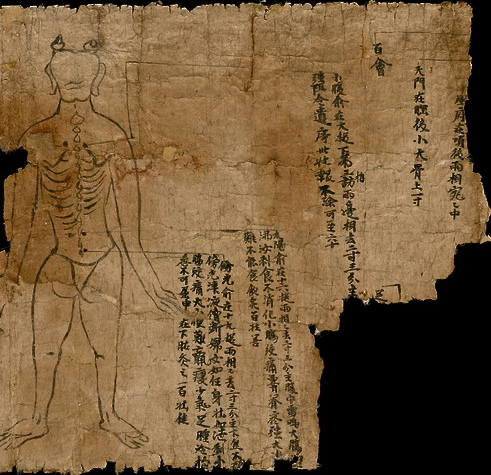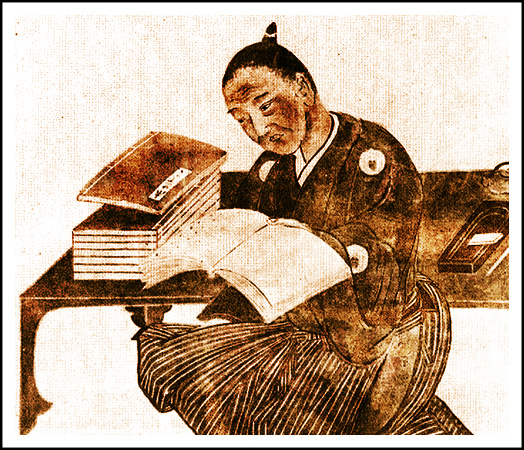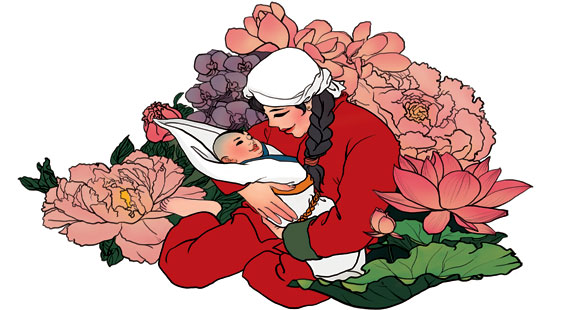When Her Royal Highness, The Duchess of Cambridge, or Kate Middleton as the more common oiks know her, gave birth to the royal babies, she stepped out to greet the world’s media the next day. Many Chinese looked on aghast: How can they treat her so cruelly, do they not let her “sit the month?”
Sitting the month 坐月子 (zuò yuèzi), is a traditional post-partum care custom observed in China and several other East Asian countries. It is a highly prestigious and strictly observed month for a newly expanded family. As millions of Chinese stared at the image of the Duchess, standing with her baby boy they, no doubt, wondered why she wasn’t tucked up in bed getting some much needed rest.
Just as many Chinese were bemused by Middleton’s behavior, many in the West would find post-childbirth confinement in China absurd. The Chinese take this confinement quite literally and add a few dozen extra steps for good measure.
Some of the absolute no-nos for new mothers (and the emphasis is very much on no here) include: no direct contact with the wind, no going out, no fruits, no vegetables, no salt, no wearing sandals, no exposing of the heels, no leaving empty space between the waist and back of a chair (cushion required), no hair washing, no baths, no brushing teeth, no brushing hair, no TV watching, no crying, no boiled water, and more. The list is exhausting. Everything from the food that goes into the mouth, to the air flow in the room—right through to the precise posture and exact amount of standing, sitting and walking—is closely monitored with military precision by various members of the family.
An old Chinese saying addresses the significance of postnatal care: “Eat well, sleep well, nothing is better than sitting the month well.” (吃的好,睡的好,不如月子坐的好。Chī de hǎo, shuì de hǎo, bùrú yuèzi zuò de hǎo.) The health aspects of zuoyuezi find support in Traditional Chinese Medicine (TCM). According to TCM, there are three crucial periods that have life-long effects on a woman’s health: arrival of first period first, post-childbirth and menopause. It’s believed taking the 月子 lightheartedly may result in 月子病 (yuèzibìng), a loose TCM term referring to all illnesses contracted during the month after childbirth that never completely heal. While Western medicine explains the need for postnatal care in scientific terms, TCM attributes it to imbalanced yin and yang. From the perspective of the prestigious Yao (瑶) Medicine, yuezibing results from the invasion of the Six Evils (六邪 liùxié): wind (风 fēng), cold (寒 hán), dampness (湿 shī ), dryness (燥 zào), fire (火 huǒ), and heat (暑 shǔ). Hence, a new mother must receive 24-hour care lest any natural element leaves her in ill-health.
Although giving birth is a natural ability for a woman, the zuoyuezi period of intensive care used to be enjoyed by the husband of the mother. In his imaginatively titled Travels of Marco Polo Marco Polo reports on a Dai (傣) ethnic custom: “As soon as a woman has been delivered of a child… her husband immediately takes the place she has left, has the child laid beside him, and nurses it for forty days.” The husband would then be attended to by the wife, who also attended to household chores and breastfeeding. The Chinese call these men 产翁 (chǎn wēng, birth giving men, as opposed to 产妇 chǎn fù, birth giving women), as not only did they go through zuoyuezi on behalf of the mother, sometimes they would even lie next to their wife while she delivered the baby, mimicking the process of childbirth.
More and more, Chinese are starting to question the old taboos of traditional zuoyuezi. With certain myths, they are right too. Some of the behaviors sound positively medieval; mothers cannot drink water or milk for two weeks after giving birth, substituting it for rice wine. Not bathing or washing their hair for a month is forbidden, as is salt—all while consuming as much sugar and protein as possible. And then there’s my favorite saying related to zuoyuezi: “When sitting the month, one must eat 40 chickens.” That’s a lot of chicken.
Contrary to common belief, the concept of post-natal care, zuoyuezi, derives not from traditional Chinese medicine but from ceremonial rites. The earliest documented practice of zuoyuezi is found in the Book of Rites (《礼记》 Lǐjì). In the twelfth chapter, the custom is described as a postnatal ceremonial family ritual that the new mother goes through, symbolizing the transformation of her role from wife to mother, from outsider to family member.
Consequently, some younger mothers are now denouncing the holy month of zuoyuezi as an outdated feudal practice that should never have made it to the modern era. Their mothers and mother-in-laws, however, still insist on enforcing old traditions. When new mothers pull out the “no one in Europe or America eats 30 eggs a day for postnatal recovery” argument, older relatives often argue it is because of racial differences. Some go so far to claim that not being scrupulous about sitting the month is precisely why Chinese age better than foreigners, or even that foreigners simply don’t know any better.
Though some of the more antiquated practices show little signs of abating, Western obstetrics and qualified physicians are becoming more common. Any many of the taboos are being logically explained away, including the ban on baths. The restriction on taking baths is due to the intensely bad sanitary conditions of the past, which could easily cause dangerous post-natal infections for new mothers; essentially, taking a bath was just not worth the risk. Although medical science has proved many of these archaic practices unnecessary and even unhealthy, its influence decreases once patients leaves the hospital and return to their mothers or in-laws who begin to peddle the old wives tales.
An extremely protein-heavy diet remains one of the most significant parts of the zuoyuezi care, and postnatal caregivers are hotly sought after, especially ones that are qualified, have experience, and possess both the knowledge and the cooking skills to produce a month-long yuezi food menu. A spot at a quality postnatal care facility is more difficult to obtain than a reservation in heaven itself. Guo Jingjing, the retired Olympic diving champion, is offering 80,000 HKD for a top-notch postnatal caregiver. Chinese actress Jia Jingwen’s care giving center cost upwards of 4,500 RMB per day, with the minimum stay being no less than 15 days.
The invasion of Western medicine firmly grounded in science may have shifted the views of some Chinese towards hospitalization and treatment, but it still has a long way to go before it fully soothes Chinese nerves or overtakes TCM and arcane folk beliefs. While it is unlikely that Chinese are going to be enthusiastic about the abolition of zuoyuezi in the near future , no one wishes to maintain a month-long diet that involves one week of only of eating pork livers; followed by one week of only kidneys, all rounded by two weeks of nothing but Sesame Oil Chicken (麻油鸡 máyóujī), which Chinese are very fond of. But defying the old saying that “not sitting the month well renders a life-time of illness” is a risk nobody wants to take.


